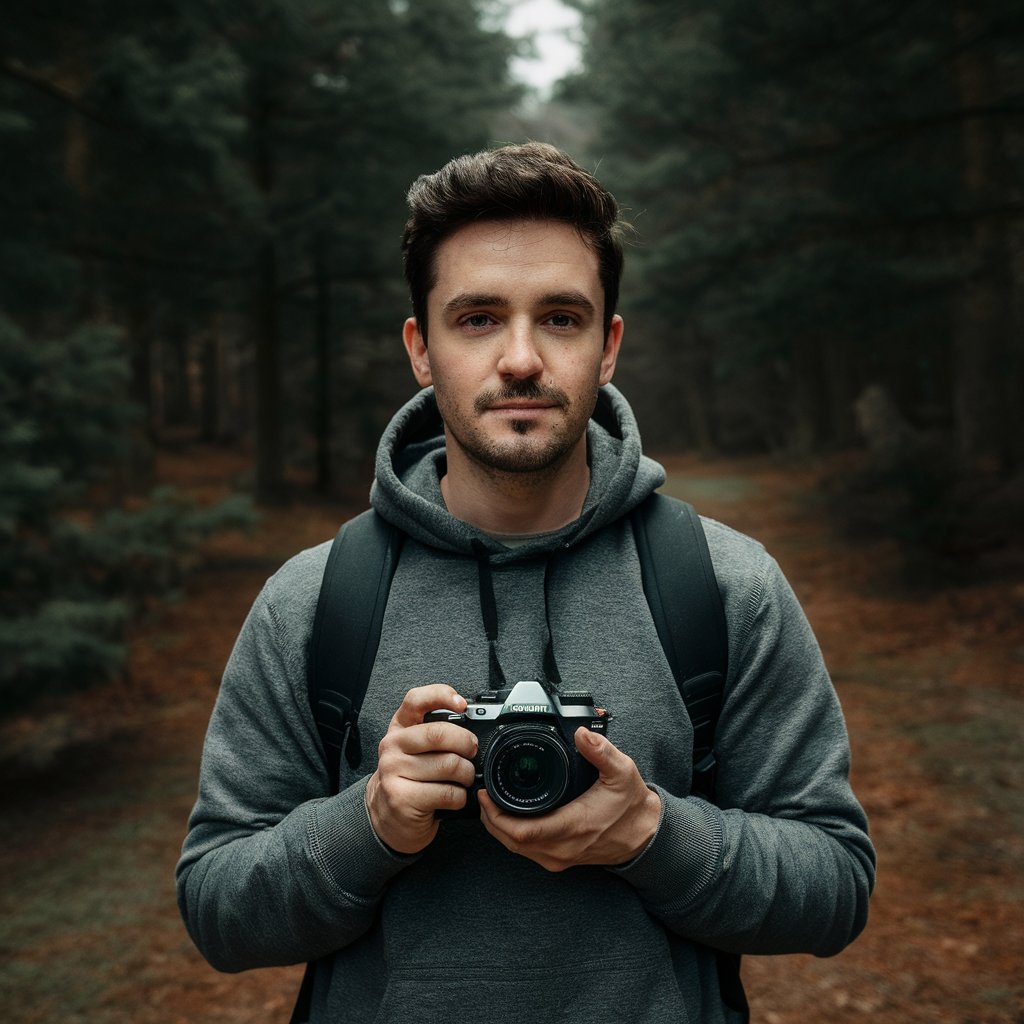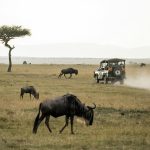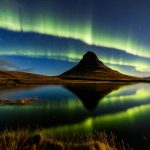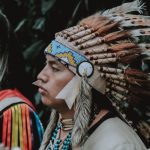Table of Contents
Tanzania offers the quintessential East African safari experience – but there’s a difference between a cookie-cutter tour and an unforgettable adventure. Here’s how to plan a safari in Tanzania, avoid the tourist traps, and experience the Tanzania most visitors never see.
Timing Your Safari: When the Crowds Thin and Wildlife Thrives
Conventional wisdom sends everyone to Tanzania during the dry season (June-October). Instead, consider the early green season (November-December) or the short dry season (January-February). The Serengeti’s southern plains burst with life during these months as wildebeest calving season begins. Photographers treasure this period for dramatic skies, lush landscapes, and newborn animals—all with half the vehicles around.
March through May brings longer rains and genuine bargains. While some roads become challenging, the savings can reach 40% off peak prices. These months transform the northern parks into emerald paradises with far fewer tourists. The secret? Rain typically falls in afternoon bursts, leaving mornings perfect for game drives.
Selecting Parks Beyond the Famous Names
The Northern Circuit (Serengeti, Ngorongoro) attracts most visitors, but Tanzania offers much more. The Southern Circuit, centered around Ruaha and Nyerere National Parks (formerly Selous), provides a more exclusive experience. Here, you’ll often have wildlife sightings completely to yourself, something increasingly rare in the northern parks.
Ruaha holds East Africa’s largest elephant population and remarkable predator concentrations, yet sees just a fraction of northern park visitors. Nyerere offers boat safaris along the Rufiji River, where hippos, crocodiles, and water birds create a different safari experience. The western parks, Mahale and Gombe, provide chimpanzee tracking experiences unlike anything else in Africa.
Hidden Gems Worth the Extra Effort
Lesser-known parks offer extraordinary experiences for those willing to venture beyond the standard circuit. Tarangire National Park explodes with wildlife during the dry season as animals concentrate around its river system. The park’s massive baobab trees create otherworldly landscapes, especially during sunrise and sunset. During September and October, Tarangire hosts elephant concentrations that rival anywhere in Africa, with hundreds gathering around shrinking water sources.
Katavi National Park represents Tanzania at its wildest. This remote western park sees fewer than 1,000 visitors annually yet hosts spectacular wildlife concentrations during the dry season. The Katuma River becomes a lifeline for thousands of hippos, crocodiles, and buffalo. Predator activity reaches a fever pitch as lions, leopards, and hyenas target prey around dwindling waterholes. The journey to reach Katavi requires extra effort, but the reward is a pristine wilderness experience that feels like stepping back in time.
The Safari Vehicle Decision
Your safari vehicle will be your second home, making this decision crucial. The standard safari vehicle is a modified Toyota Land Cruiser with a pop-top roof. For photography enthusiasts, request vehicles with removable roof panels rather than pop-tops – they provide unobstructed views when standing.
The driver-guide makes all the difference. Experienced guides know when to linger at a sighting while less experienced ones rush to the next “big animal.” Request a guide with at least five years of experience and, if possible, interview them by phone before booking.
Accommodation Strategies: Beyond Luxury vs. Budget
Tanzania offers everything from basic campsites to ultra-luxury lodges, but the real consideration should be location. A strategically placed tented camp often provides better wildlife experiences than a luxury lodge in the wrong area.
Mobile camps that follow the migration offer the most authentic experience. They relocate seasonally, minimizing travel time to wildlife concentrations. The best ones, like Nomad Tanzania or Alex Walker’s Serian, combine comfort with authenticity – expect bucket showers and canvas walls, but also excellent food and surprisingly comfortable beds.
Consider mixing accommodation types. Start with a comfortable lodge to recover from travel fatigue, then move to mobile camps for immersion in the wilderness, and perhaps end with a luxury property as a finale.
The Walking Safari Alternative
Walking safaris offer a completely different perspective from vehicle-based experiences. Northern Tanzania offers excellent walking in areas like the Ngorongoro Highlands and Western Serengeti, while the southern parks permit multi-day walking adventures.
Walking lets you appreciate the smaller details – tracking animals by their footprints, identifying medicinal plants, and experiencing the landscape at a human pace. The sense of vulnerability changes your relationship with the environment in profound ways.
Managing Costs Without Compromising Quality
Safari costs in Tanzania range from $300 to $1,500 per person per day. The biggest determinant is group size – private safaris cost more than joining a scheduled departure. Sharing a vehicle with just one other couple can reduce costs by 30% without sacrificing experience quality.
Another strategy is mixing national parks with game reserves. The Ngorongoro Conservation Area charges $70 per day in conservation fees alone, while nearby Lake Eyasi, home to traditional Hadzabe hunters, charges minimal entrance fees.
Cultural Interactions: Beyond Performance
Tanzania offers meaningful cultural experiences, but many “cultural visits” feel staged. For authentic interactions, consider homestays in places like the Usambara Mountains, where families welcome visitors into daily life.
In the safari regions, organizations like the Maasai Stoves & Solar Project near Karatu or Esupat’s Women’s Group in Monduli offer genuine exchanges based on community initiatives rather than tourist performances.
The Visa and Vaccination Process
Tanzania requires a visa ($50 for a single entry, $100 for multiple entries), obtainable online in advance. Yellow fever vaccination is required only if arriving from countries with yellow fever risk. For the latest requirements, check the Tanzania Immigration Department website rather than relying on outdated guidebooks.
Packing Essentials Often Forgotten
Beyond the obvious safari gear, bring: A good pair of binoculars – one per person, not shared A headlamp with red light mode for camp nights A small daypack for carrying valuables during stops Portable power bank for charging camera batteries Light, neutral-colored clothes that can layer for both hot days and cool mornings.
The Future of Tanzanian Safaris
Conservation challenges are changing Tanzania’s safari landscape. The Great Migration faces increasing pressure from human development, making the less-visited parks potentially more valuable for future wildlife experiences. Pioneering operators are developing new conservation areas like Mwiba in the western Serengeti, where sustainable tourism funding helps protect vital wildlife corridors.
The most farsighted travelers are exploring these emerging destinations, combining traditional safari experiences with visits to these critical conservation areas.
Making It Happen
Start planning at least a year for peak season safaris. Work with specialists who focus exclusively on East Africa rather than general travel agencies. Ask detailed questions about their guide selection process, vehicle types, and camp locations.
Remember that a great safari is measured not by luxury but by authenticity – those unexpected moments when you witness something rare and wild, when you forget about photography and simply experience the natural world on its terms. That’s the real luxury Tanzania offers if you know how to find it.

I’m Garrett, a seasoned photojournalist with a passion for uncovering the world’s hidden treasures. My journey is fueled by a deep curiosity for diverse cultures and breathtaking landscapes. When I’m not behind the lens capturing the world’s wonders, you can find me exploring underwater realms or sharing my passion for discovery with my two adventurous children.




